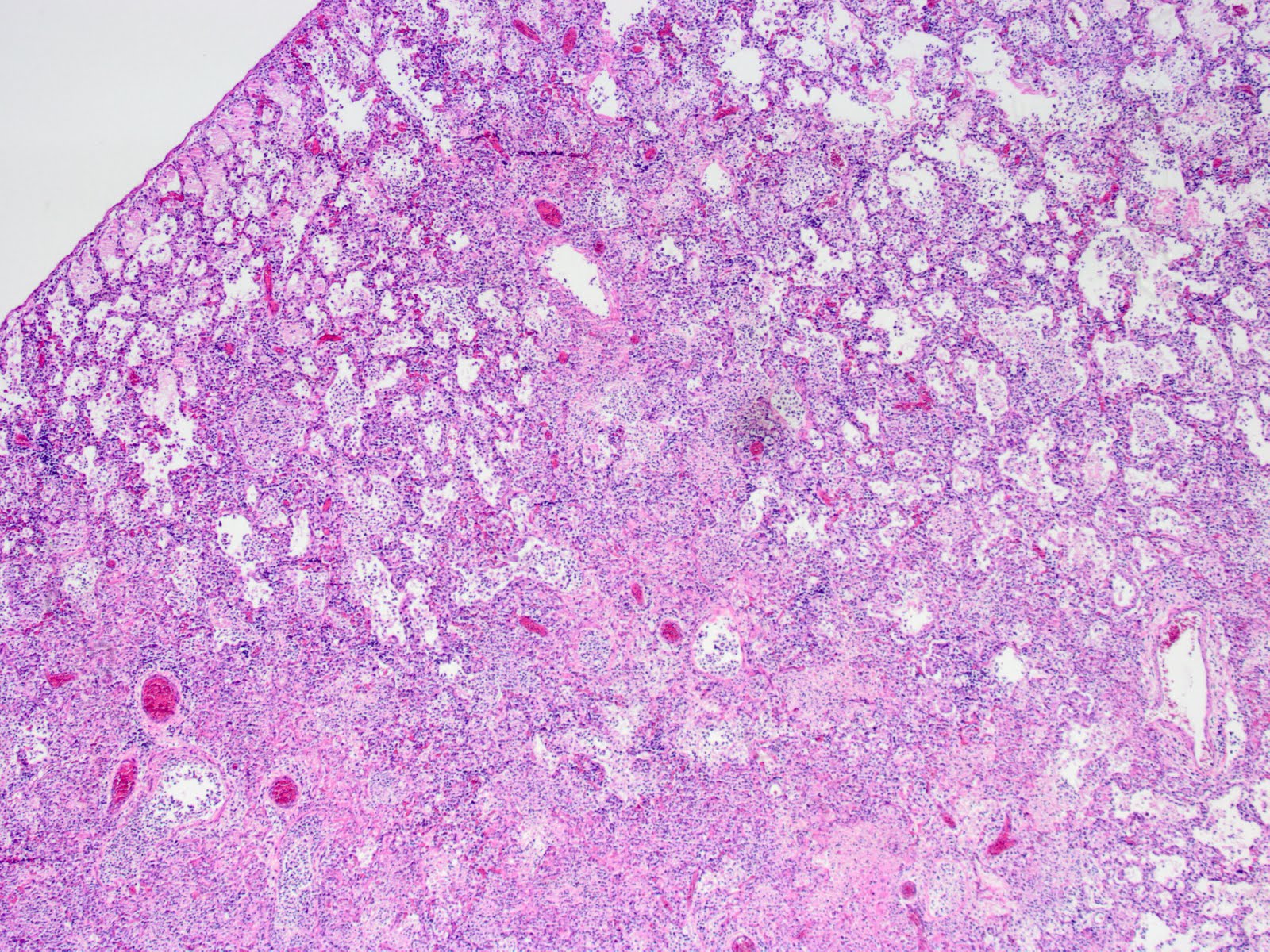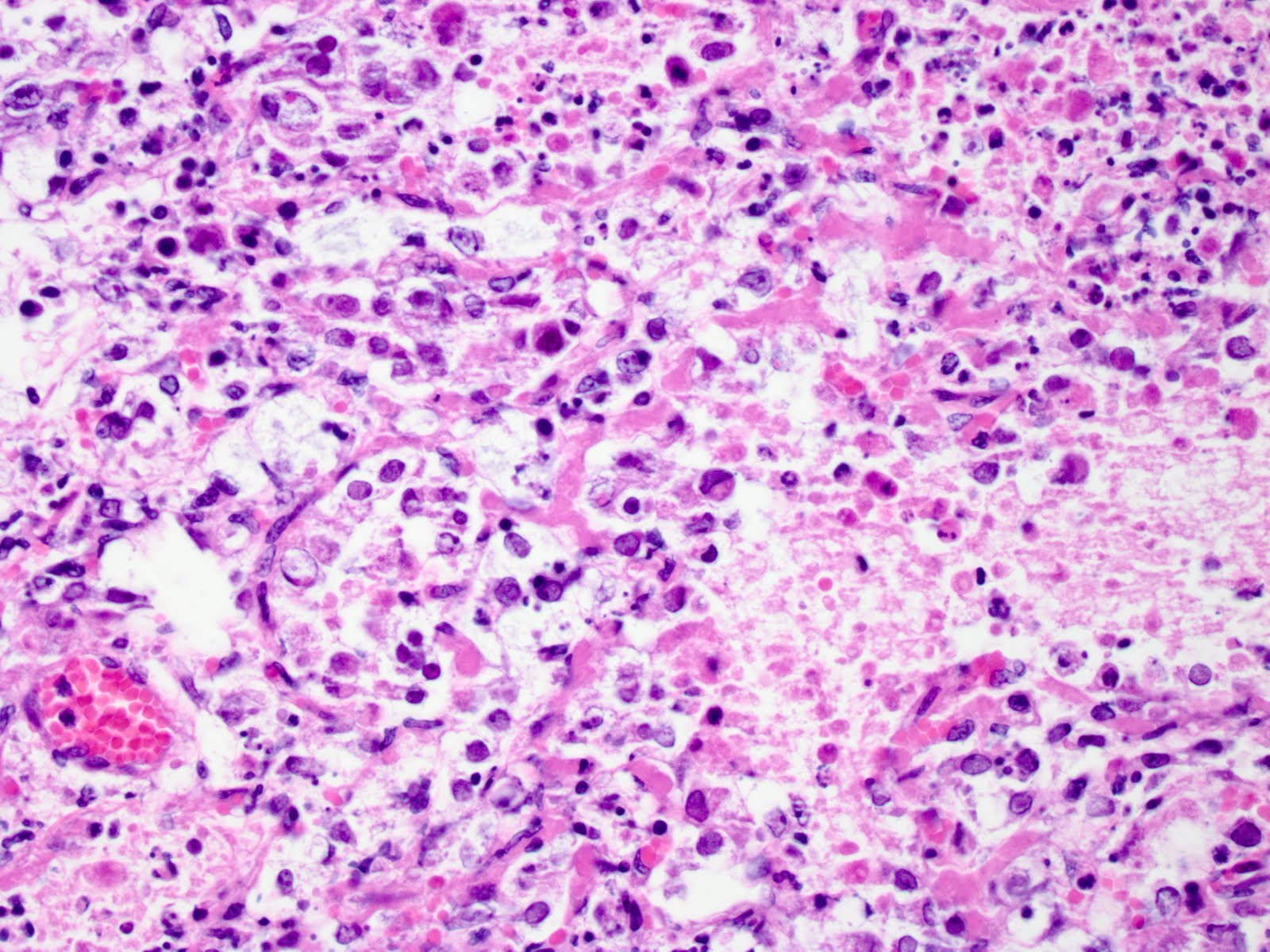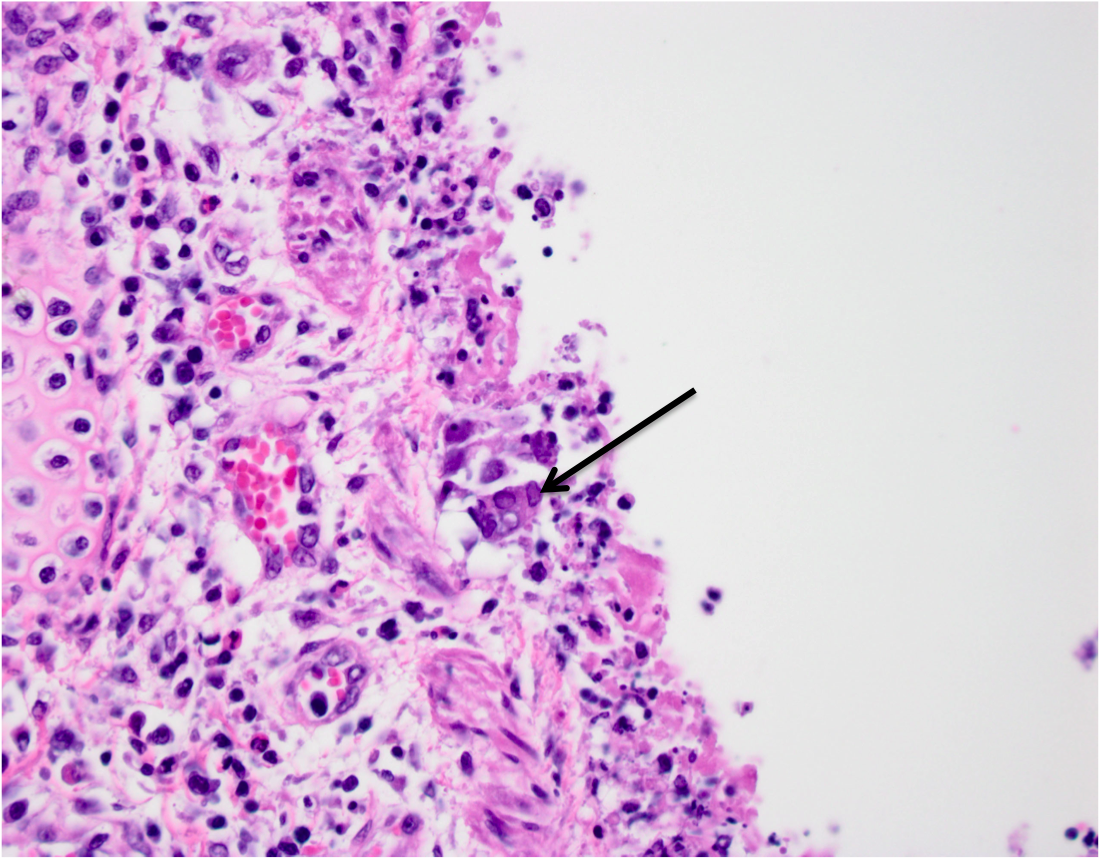Fleas are no longer a summertime problem – they can bother your pet all year round, thanks to our cosy, centrally-heated homes that allow flea eggs to incubate and hatch, even in the winter.
I’ve written some articles for the HappyTails Canine Spa, so if you want to control fleas, make it a two-sided attack on the animal as well as his environment.
There are many varieties of flea control products available for cats and dogs now – your veterinarian can advise you on which is best for your pet (especially if he has developed problems such as secondary pyoderma due to flea allergy dermatitis). But if you have a dog and love trying natural products, check out the online store while you’re over at HappyTails they have some wonderful products!





Follow Me!